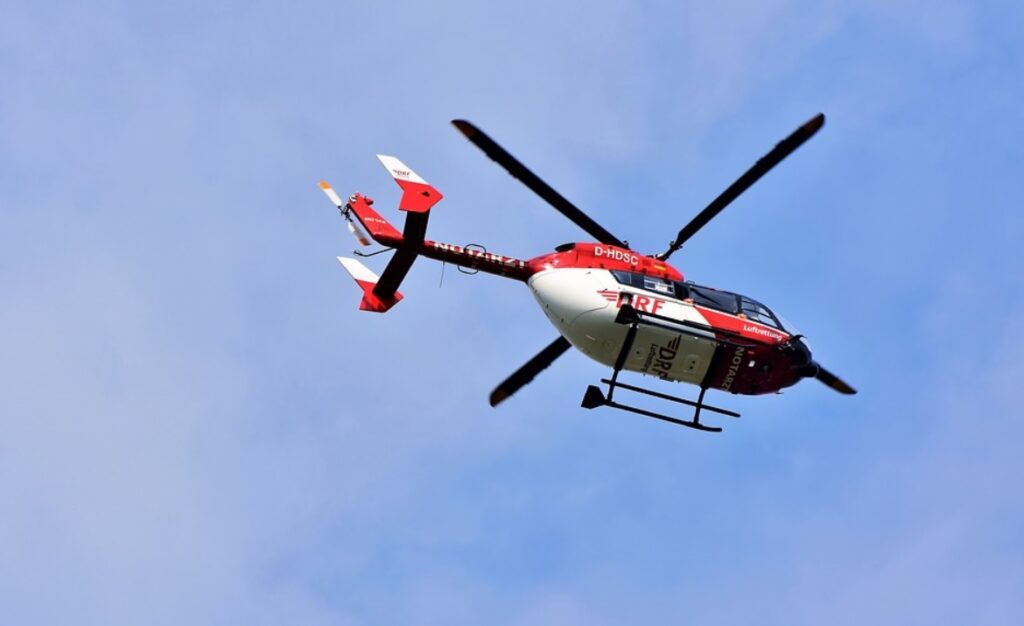EMS organizations today face numerous challenges. One of the most pressing ones is reducing costs and increasing profitability. With private and government insurance reimbursement hurdles and regulatory issues, it can be hard for EMS organizations to maintain a healthy cash flow and to continue providing life-saving services to the population they serve.
This short guide will lay down some of the best practices EMS organizations such as yours can adopt in order to improve your cash flow and your bottom-line. On top of enhancing your collection rates, there are many other areas of financial management and EMS operations that your organization can look into in order to increase your profit margins and lower your costs. Here are some of them:
Look Into Integrating the Tech Solutions You Are Using
In the digital age, modern organizations tend to use more than a few technology solutions to ensure that their people and resources are running like clockwork. EMS organizations are no exception. As an EMS provider, you may be relying on multiple software solutions, including a computer-aided dispatch system (CAD), an electronic patient care record solution (ePCR), and an EMS billing software. Maintaining these different solutions concurrently can be very time consuming, labor-intensive, and costly. Integrations can be done, no doubt, but patchwork consolidations can be expensive, inefficient, and buggy.
If you’re looking at reducing overall costs, it’ll make sense to use one complete and comprehensive EMS system that covers all aspects of your business and integrates the functions of all of the separate solutions that you are using.
Optimize Medical Transport Management
Emergency medical services are highly dependent on the proper management of crucial resources, which include, among others, medical transport vehicles. If these resources are mismanaged, the costs associated with them can quickly pile up. That is something you wouldn’t want to happen to your EMS organization on a consistent basis, especially because expenses like vehicle insurance costs, upkeep expenses, and fuel costs can cut into your margins pretty significantly.

It is important to prevent empty vehicle rides and to ensure that you are always on top of the maintenance of your vehicles. Transport availabilities should be clear and transparent, and adjusting a ride’s route should be simple. Vehicles and their parts should be properly inventoried. Vehicle accidents should be properly tracked and logged. Gasoline use should be monitored as much as possible. A robust EMS trip scheduler software solution and a fleet management system will help you accomplish these goals.
Make Sure That Crew Members Are Deployed Where They Are Needed
Your emergency medical crew is another resource whose use should be optimized. Crew allocation and deployment should not be careless. Instead, it should be based on the real-time volumes of calls being received, and it should fully reflect crew member availabilities based on their shifts, time offs, and other factors. Based on the various information, your crew deployment process will be able to ensure that all medical transport vehicles are always staffed by the right personnel. Just like with many areas of your EMS operations, proper crew member scheduling can also be achieved if you use the correct crew scheduling software solution.
Sync Your Data with Insurance Providers
With insurance reimbursements continuing to be a problem in the EMS sector, it is essential for you to find measures to ensure that your invoices are paid on time. The first order of business is knowing to whom exactly you should send those invoices. If your staff members constantly find themselves having to run after those who owe you money, then you’re likely losing quite a lot of that money.
What you need to do is to integrate your own EMS system with the data available from insurance providers. Not only does this eliminate the labor-intensive task of manually counterchecking important payor information, it will also likely eliminate human errors while also ensuring that you’ll be paid on time. No more sending invoices to the wrong addresses or waiting weeks for your invoice to be paid!
Rely More on Technology and Automation
An EMS organization’s number one priority should be ensuring that patients receive high-quality care. These people need to receive the best emergency care possible before they are given definitive care at a proper hospital facility. In order for your EMS organization to become more efficient and better at what you do, you need to rely more on technology and automation. Doing this will allow you to collect, curate, and process data in the most efficient manner possible.
One important area where automation should be implemented is billing. From marking receivables as paid to managing insurance deductibles, billing processes can take a huge chunk of your staff’s time, and this can be detrimental to the productivity of your people. Automation in the area of billing will not only reduce the risk of human errors but it will also cut back on time spent on unnecessary and redundant tasks.
Conclusion
When you eliminate inefficiencies in your EMS organization’s operations, you will reduce unwanted costs, improve revenue collection, and increase profitability. The key is to leverage technology to automate redundant and time-consuming tasks. For example, you can use EMS scheduling software, fleet management software, billing software, CAD, ePCR, and more. Having all of these software systems integrated into one solution will give you even greater efficiencies and further increase profitability.
